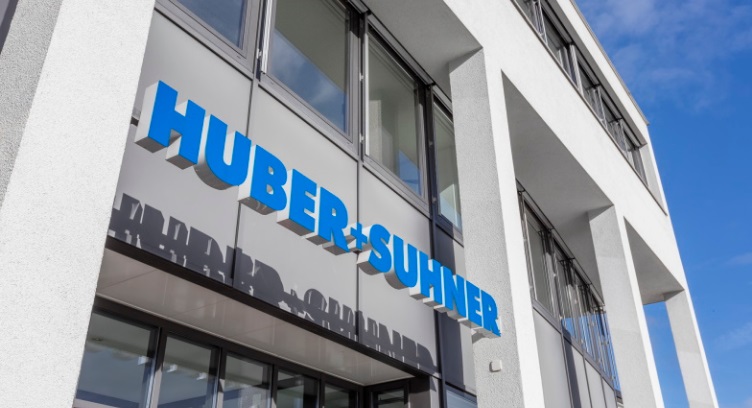HUBER+SUHNER is awarded a contract to manufacture and supply radar antennas for automated driving to Bosch.
Automated driving is considered one of the forms of mobility with great future potential. Bosch, the world's largest automotive supplier, has nominated HUBER+SUHNER as a partner for the development and production of antennas, which are used in radar sensors for assisted and automated driving.
One of the prerequisites for automated driving is the faithful mapping of the vehicle's surroundings by means of radar. HUBER+SUHNER 3D antenna technology, based on metallised plastic, plays a decisive role in ensuring that driver assistance systems can detect the position, relative speed and direction of movement of other road users and objects from a long distance and even at high speeds with the utmost reliability.
The decisive factor for Bosch for the partnership with HUBER+SUHNER is the product and process development competence as well as the possibility of receiving everything from one source, from engineering to series production.
With this nomination, HUBER+SUHNER has reached another milestone in the implementation of its growth strategy in the automotive market. Last year, the company was already able to start series production for the supply of radar antennas for a leading manufacturer of driver assistance systems.






















